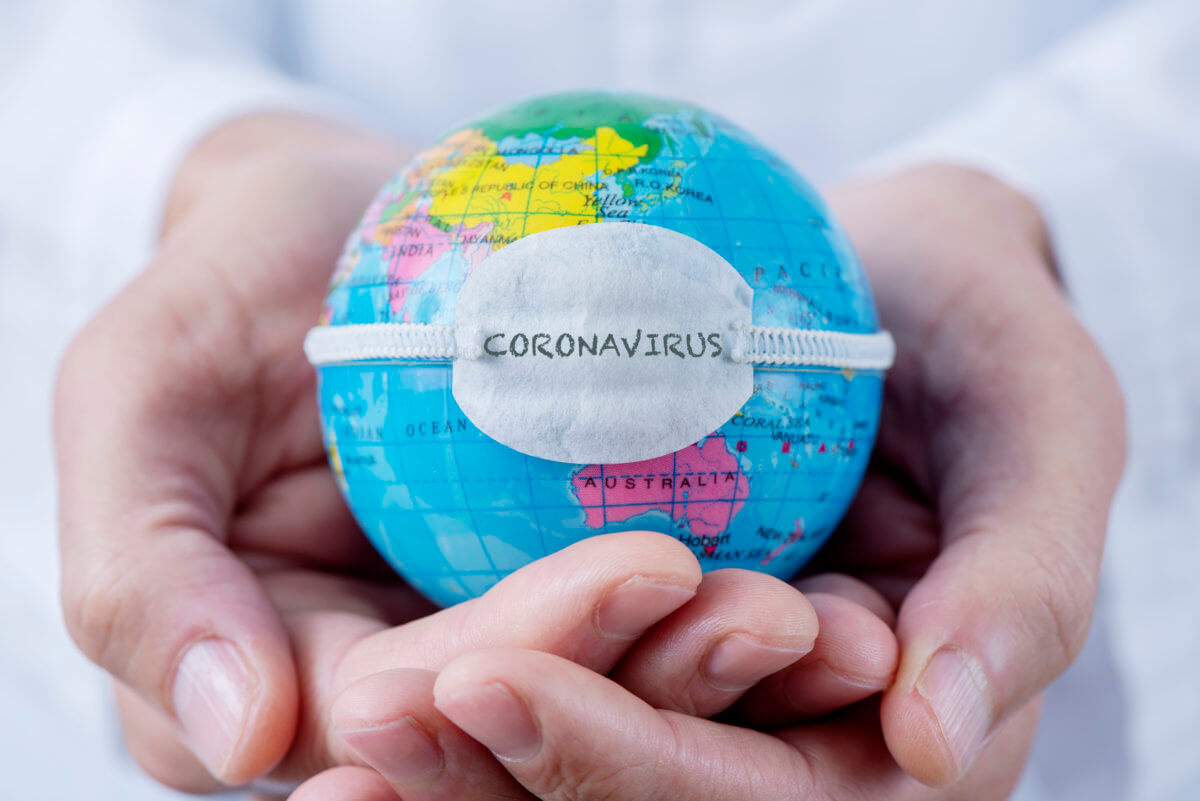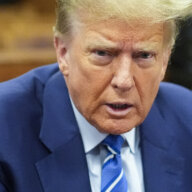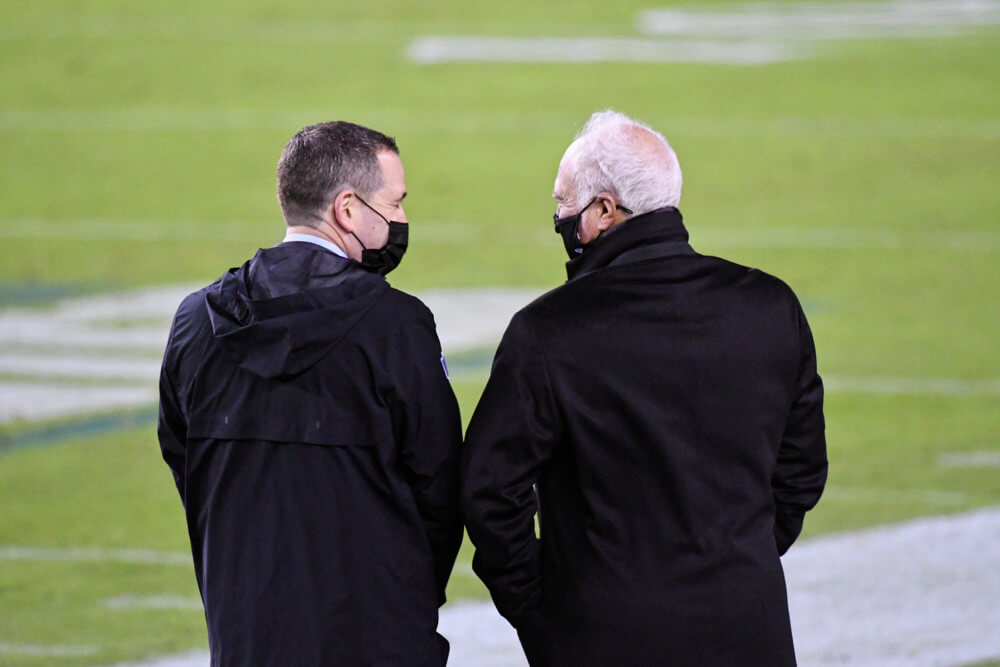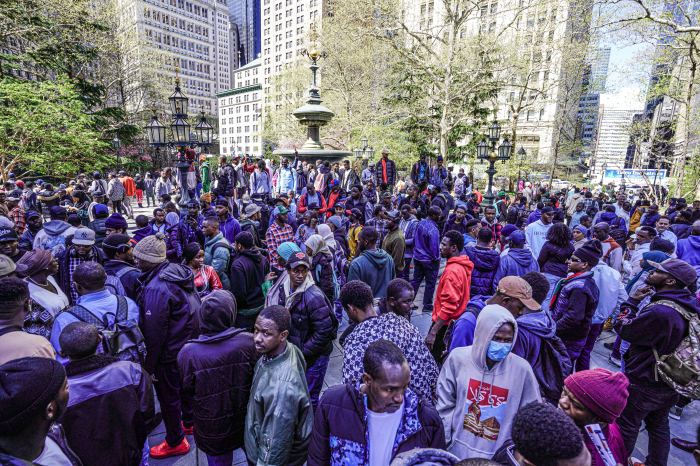By Daniel Casillas, MWN
As the world is gradually lifting lockdown measures implemented during the health emergency, several countries are experiencing the resurgence of the disease, raising fears of another wave of the COVID-19 pandemic.
Since the end of April, the World Health Organization has warned of possible outbreaks of COVID-19 in response to easing of lockdown measures. At the time, Tedros Adhanom Ghebreyesus, director general of the WHO, said it was “dangerous and deadly” that the quarantine was lifted so hastily, as it could cause a rebound in the spread of COVID-19 and could boost the death toll.
Experts agree that international outbreaks could be a result of premature reopening of social activities in several countries.
“We are seeing a strong association with premature reopening and an upsurge in infections. It really depends on the level of circulating infection and the degree of reopening,” Susan Kirkland, head university research professor at the Department of Community Health and Epidemiology of Dalhousie University, Canada, explained to Metro.
Despite warnings, more and more countries decide to restart social and economic activities, even though the pandemic is not yet completely contained.
“The worst is yet to come,” Ghebreyesus said at a June 29 conference, adding that the pandemic is far from being over.
Experts warned that the resurgence of COVID-19 could be the result of misguided measures on the part of governments, such as the lack of evidence or the relaxation of social distancing measures with the aim of reopening economies, but also climate issues such as the arrival of low temperatures, which could favor the transmission of the virus.
Despite this devastating panorama, specialists emphasize that people can collaborate to avoid a greater outbreak of the disease.
“The public should have situational awareness, physically distance whenever possible, provide contact information to public health professionals if they have been ill, wear a mask or face covering whenever they are in public spaces, have a plan for if they get ill—this could include figuring out how to isolate in their own home to reduce risk to family members,” Kacey C. Ernst, infectious epidemiology professor at the University of Arizona, concluded.
AN EXPERT ANALYSIS
Q&A with Kacey C. Ernst, infectious epidemiology professor at the University of Arizona:
Should we expect the second wave of COVID-19?
This is absolutely a possibility and resurgences are already happening. In the southern United States cases are increasing rapidly. Where I live in Arizona we have triple the cases we had a month ago. Many countries have had tight lockdowns and curfews in place. As these lift, it is critical the public health infrastructure is available to test, isolate, trace, and quarantine. It is critical that people follow physical distancing, wear masks and adhere to other basic public health guidance such as masking, hygiene and physical distancing as much as possible. It requires political will, resources, community participation, and failure in any one of these areas can lead to a resurgence in cases.
What could cause a major resurgence of the virus?
Political will—the response by governments has been quite variable. Some have invested rapidly and aggressively, and early and had lower transmission. New Zealand, Vietnam, Hong Kong—these are smaller jurisdictions, which also certainly helps. These investments require long-term commitment to keeping them in place to address cases when they arise.
Resources—it costs a significant amount of money for individuals and governments to continue to fight a pandemic of this scale. Investment in the resources to maintain the course is essential.
Community engagement—most places appear to be doing this. Physical distancing and mask wearing are givens, but here in the U.S. and maybe other places these basic public health measures have been greatly politicized, to the point that people are confronting each other in the streets. This shouldn’t be a controversy. Wearing a mask allows other people to be free to do basic life functions like grocery shop, go to the clinics, go to the pharmacy. If people don’t adhere to this social contract, it jeopardizes the health of their entire community. It is heartbreaking that simple public health measures are being used in this way as political weapons. But the tide is turning here in the U.S. as more and more politicians are adhering to public health recommendations, but much damage has already been done.
How else to prevent COVID-19 from spreading again?
It is important to have excellent data collection and analysis to inform the prevention strategies including strategic closures in response to smaller outbreaks. It requires extreme vigilance and investment in testing and contact tracing. It is also critically important that the government’s support populations that are challenged to isolate and quarantine. Support that enables people to not work for periods of time is absolutely critical so they do not go to work sick because they need to feed their families. This is extremely challenging for places with few resources. Conditional cash transfers have been put in place to achieve other public heath goals and perhaps it can be explored for controlling COVID-19 as well. They need to invest in the science behind vaccines and treatment technology, public health infrastructure, and social science research to understand and create better public health programs that reach all segments of their populations.
































